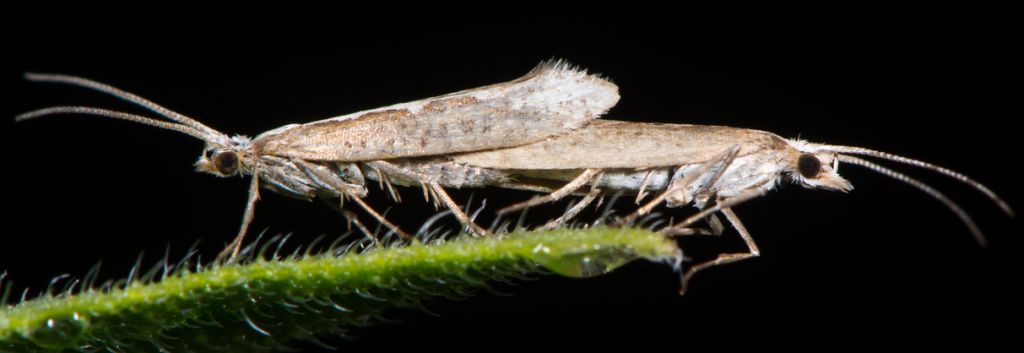Harmful pesticides on your food may be less of a worry in the future, as a Danish biotech company has received a €3M investment to market a safer and more eco-friendly form of agricultural pest control: pheromones.
The company, BioPhero, has developed an innovative yeast fermentation method for cheaply producing these pheromones on an industrial scale, making this normally expensive pest control strategy affordable for farmers.
“In some cases, resistance has emerged to make GM-traits and conventional insecticides less effective, and in these cases farmers will likely be more willing to try new approaches,” said Kristian Ebbensgaard, CEO of BioPhero. “We will target moths, which are a significant pest in crops such as maize, soybeans, fruits and rice.”
Pheromonal treatments work by preventing mating in the insects. “The application of the right amount of pheromone in a field will mask the pheromone … which some female insects use to attract a mating partner,” Ebbensgaard elaborated. “This makes it difficult for the insects to locate each other and thereby reduces mating.”
Pheromones have additional advantages over conventional treatments. “The amount applied is very small and similar to what naturally occurring insects would emit,” confirmed Ebbensgaard. “They are volatile, meaning that they will evaporate over time and not persist in the field.” Furthermore, he added, these pheromones are highly specific to the pest species, making them safe for bees and other animals, including humans.
Founded in 2016, BioPhero has its roots in the Technical University of Denmark (DTU), where the company’s now Research Director Irina Borodrina and collaborators wanted to tackle the high costs of chemically synthesizing pheromones, using their backgrounds in industrial biotechnology.
BioPhero received the latest funding from investors Novo Seeds, Syngenta Ventures and Syddansk Innovation. With this money, it hopes to get the company’s processes and products ready for the market within three or four years.
Images via Shutterstock





